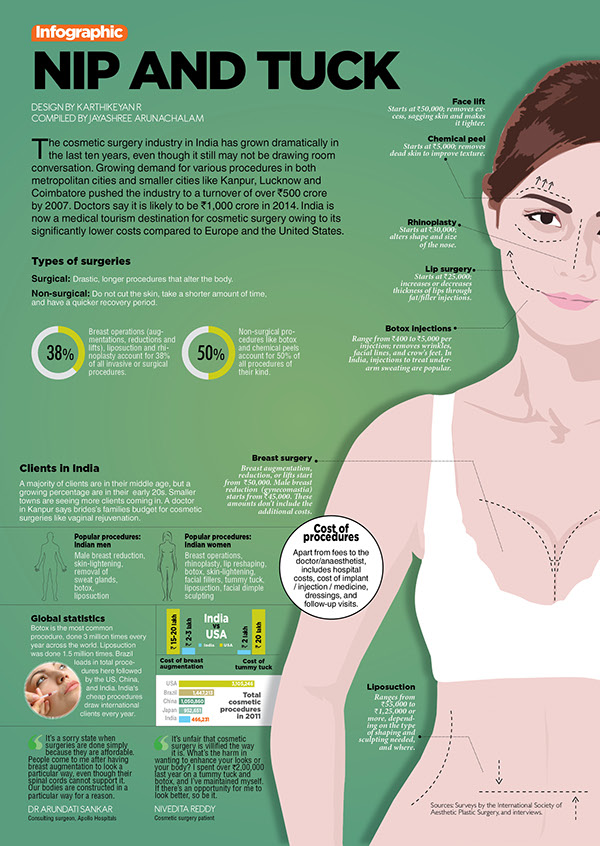Acne Prone Skin And Makeup Tips
Acne Prone Skin And Makeup Tips
Blog Article
Acne Scars and Post-Acne Care
Acne marks and dark marks can stay even after the acne itself has gotten rid of. Yet there are numerous natural, non-prescription and clinical treatments that can lower their appearance.
Ice choice marks are tiny indentations that resemble pinpricks; rolling scars have a wave-like appearance and shallow depth; boxcar scars have clear sides; hypertrophic marks are elevated bumps. Therapies consist of skin needling, where your medical professional rolls a needle-studded device over the skin; and medical excision, when a healthcare professional remove deep marks.
1. Scrub
Acne marks discolor best when they aren't covered with dead skin cells. Peeling gets rid of the accumulation and permits fresh skin cells to find to the surface area. It likewise makes acne scars less visible.
A skin specialist can suggest exfoliation methods for your particular skin type. Dry skin may benefit from peeling with scrubs or various other mechanical techniques, while oily skin might need a chemical peel. Those with darker skin tones need to be mindful making use of more powerful chemical treatments, as they can cause dark spots and sensitivity.
If you have acne marks, stay clear of choosing or squeezing at them, which can make them worse. Inflammation caused by irritability raises the opportunity of scarring. Selecting can leave ice-pick scars, which are narrow indentations with a factor at the end. You can additionally obtain boxcar scars, which are indentations with wider sides. You can additionally create hypertrophic or keloid scars. These are increased bumps of scar cells that can be scratchy and uncomfortable.
2. Moisturize
After completing your acne therapy, maintaining skin clear and healthy requires a consistent skin care regimen that secures from breakouts and reduces post-acne marks. This consists of a mild cleanser and moisturizer, non-comedogenic products that do not block pores, and avoiding foods that irritate skin or trigger acne flare-ups.
Making use of a light-weight, non-comedogenic moisturizer with ingredients like hyaluronic acid and glycerin can aid moisturize skin while also improving skin appearance and promoting healing. Seek an item that is developed without fragrance or parabens.
An item that targets remaining acne marks with ingredients such as skin-brightening tranexamic acid and bakuchiol can boost dark areas or uneven tone brought on by swelling. It gently resurfaces the skin while smoothing harsh and textured locations. An item that combines a retinoid and a plant-based retinol choice can likewise improve the look of much deeper scars while all at once targeting existing acnes and acne scar treatment near me avoiding future breakouts.
3. Hide
When your acne scars recover, you can hide them with make-up and a concealer. Simply ensure you're just using the product over marks that are fully recovered (not fresh ones), states Sotomayor. Then, complete your look with a vibrant lip color or statement great smoky eyeshadow for optimal effect.
When it comes to selecting a foundation or colored moisturizer, it's important to select one that is noncomedogenic and oil-free. This will aid keep your skin clear and prevent the obstructing of pores that can cause new outbreaks.
The same goes with choosing a concealer. Try to find a formula that supplies complete coverage but still really feels lightweight and blendable on the skin. Likewise, when hiding indentations from acne scars, it's a great idea to discover a color that matches your all-natural skin tone (instead of a shade lighter or darker). This will certainly assist hide the indents more effectively. This beneficial balm is an outstanding alternative for brightening and lightening post-inflammatory hyperpigmentation, which can be brought on by acne or other inflammatory skin disease. It includes moistening panthenol, softening shea butter and enhancing peptides that lower inflammation and flaky texture.
4. See Your Skin specialist
The scars that create from serious acne usually need treatment by a physician or skin doctor. Before that can occur, however, a client has to have their acne under control. This consists of not selecting or squeezing acne areas, and making use of gentle cleansers and water-based non-comedogenic items that will not clog pores.
If pharmacy cleansers and place treatments aren't removing your skin, timetable an appointment with a skin specialist. The skin doctor can recommend various other therapies that help remove your skin without drying it out or bothersome it.
A dermatologist can likewise deal with various other kinds of post-acne marks, consisting of dark places that are a type of hyperpigmentation called PIH (post-inflammatory hyperpigmentation). A topical retinoid like adapalene can noticeably lighten these marks and discolor them quickly. For other sorts of scars, the physician can recommend a much more extensive therapy. This could consist of microdermabrasion or chemical peels that are done right in the office. Relying on the severity of your scars, these therapies may need to be duplicated.